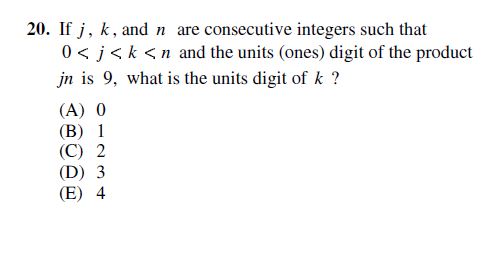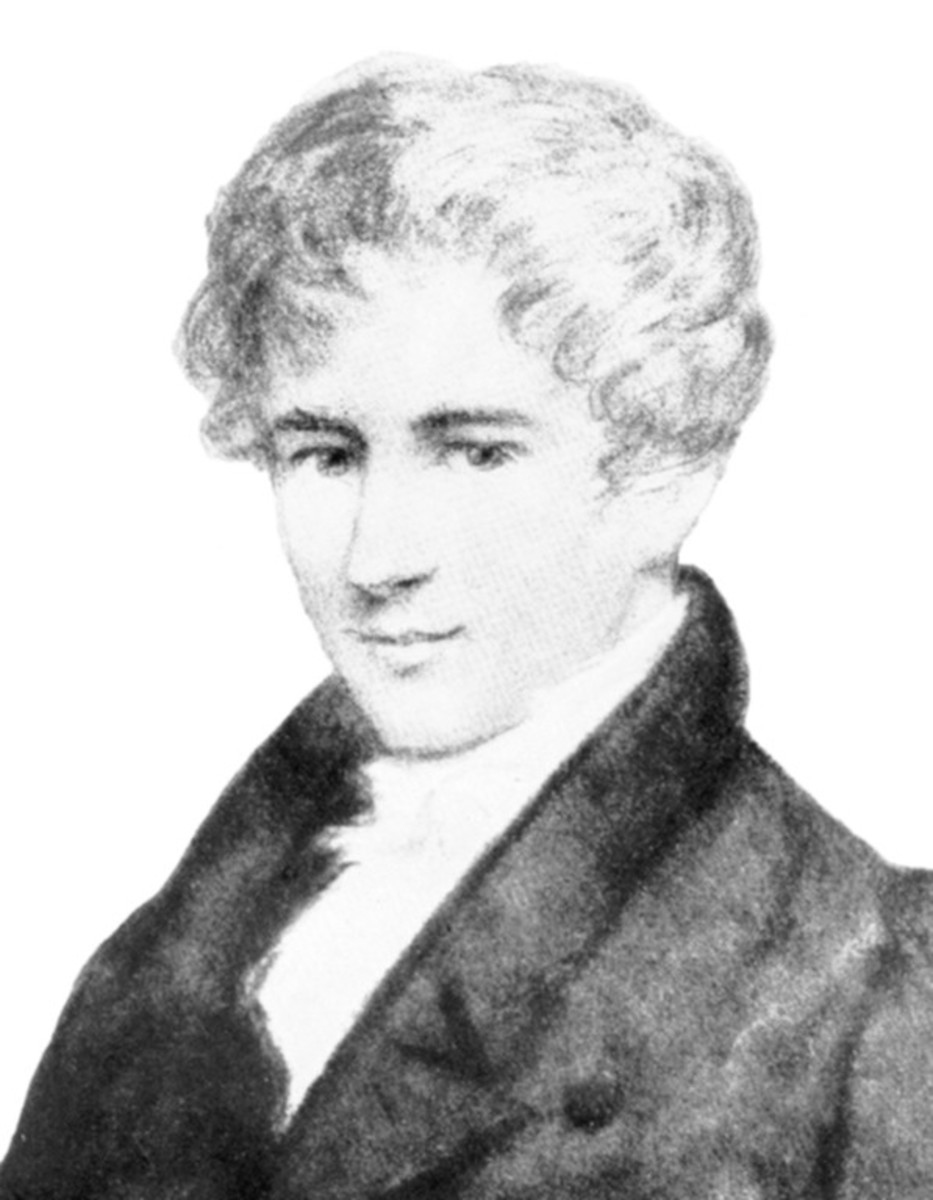More Help To Ace Your SAT Math Test, Tip #5
One area of math that feels especially abstract – and therefore shows up regularly on the SAT, ACT, GRE or GMAT – is number properties. This topic includes properties of individual numbers, such as even, odd, positive, and negative. It also includes properties that describe relationships between numbers – consecutive numbers, factors, multiples, and prime factors.
The whole point of applying actual numbers (which I hope you’ve grasped as you worked through the previous hubs) is to move out of the realm of abstract math and into the realm of concrete, basic arithmetic. And the reason it’s valuable for many test takers to get out of abstract math is because abstract thinking is … a pain! It tends to be more challenging than concrete thinking. That’s why test writers like problems involving abstractions (those dogs!). And that’s why test writers are inclined toward number property problems – they’re abstract by their very nature.
But never fear! The strategy of applying actual numbers works just fine with number property problems. In fact, the test question I presented in the very first hub on this topic was a number properties problem. (In case you missed the other tips for applying actual numbers, they focus on equations with one variable; equations with multiple variables; equations in the answer choices; and inequalities.)
Number Property Questions
“Trial and error” is the technique I use most often when applying actual numbers to number property problems. This is because the challenge is often in finding which numbers to apply. Remember, the first step in this strategy is to pick numbers that follow the rules in the question. Finding numbers that follow number-property rules – that’s where trial and error comes in. But thankfully, because patterns show up in the properties of numbers, if I follow a pattern in my trial and error process, I’ll hit upon numbers that follow the rules relatively quickly. For example:

The first statement in this problem is simple enough to follow: Pick three positive consecutive integers (positive because the question says that they’re all greater than 0). The second statement is where I start my trial and error. I have to pick numbers for which jn is going to have a ones digit of 9. This means, of course, that the tens, hundreds, etc. digits are irrelevant. And this is what would make the “regular” math especially difficult. Here is what I mean: Suppose I wrote the three consecutive numbers in the conventional way:
j, j + 1, j + 2
Then jn = j(j + 2) = j2 + 2j
Okay, but now what?! The problem tells us only the ones digit of the product. If I wanted to solve this problem abstractly, I would need to remember that only the ones digit of factors affect the ones digit of their product.
Huh?
If you must know, think about what happens when you do long multiplication. For example:
43 x 72 86 3010 3096
Notice that when you perform this multiplication, only the product of 2 and 3 goes into the ones column. This would be true with
83 x 12
433 x 162
5,476,123 x 985,272
etc.
So only the ones digits of j and n matter. The insight you might need next is that there are only a couple ways to get 9 as the ones digit when you multiply two numbers: either 3 x 3 or 1 x 9. Then you’d have to figure out that j and n could end in 9 and 1, respectively. So k would end in 0.
Got it?
Trial and Error
Honestly, who cares?? This is the kind of stuff that sends test takers into a panic – an unnecessary panic that they can avoid if they apply actual numbers instead.
So back to trial and error. I’m going to start as simply as possible and work my way up until I hit upon the right product of j and n:
If j, k, and n, respectively, are 1, 2 and 3, then jn = 1 x 3 = 3 ý
So up the scale I go:
2, 3, 4 ⇒ 2 x 4 = 8 ✗
3, 4, 5 ⇒ 3 x 5 = 15 ✗
4, 5, 6 ⇒ 4 x 6 = 24 ✗
5, 6, 7 ⇒ 5 x 7 = 35 ✗
6, 7, 8 ⇒ 6 x 8 = 48 ✗
7, 8, 9 ⇒ 7 x 9 = 63 ✗
8, 9, 10 ⇒ 8 x 10 = 80 ✗
9, 10, 11 ⇒ 9 x 11 = 99 ✓
That took a bit … but the good news is that the problem is practically done! (Also, you won’t have to write all of that out on your test, so even this many steps won’t take all that long.) I just need to read the units digit of the k that works, and it’s 0. Answer choice (A).
I hope this makes the value of applying actual numbers crystal clear. The change in mindset is critical. Rather than going into a panic when you can’t remember the regular way to do a problem, if your next thought is “Can I get the answer by applying actual numbers?”, you will have given yourself access to a remarkably valuable tool. The final hub in this series focuses on especially puzzling problems. Applying actual numbers frequently solves the puzzle!









